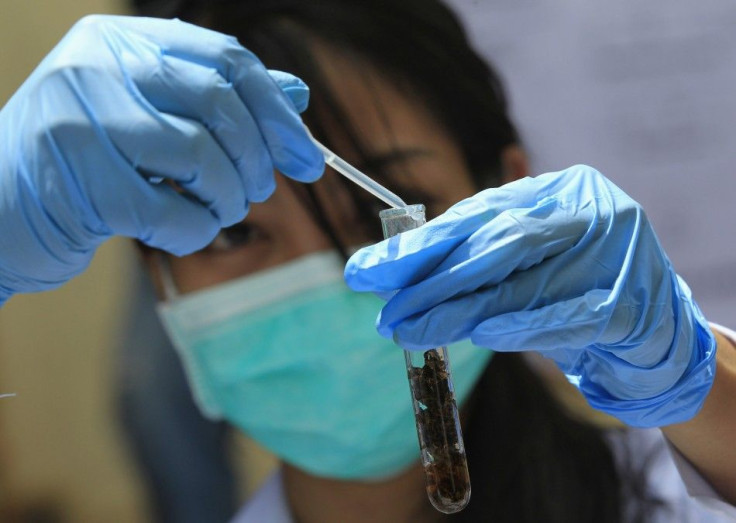Miniature Beating Hearts Grown In the Lab

To help find a cure for hypertrophy, scientists from Abertay University in the United Kingdom have grown tiny beating hearts. Hypertrophy is a fatal form of heart disease that is caused by abnormal cell growth, and it makes the muscles grow big really fast that they become thich and stiff, affecting the pumping of blood aroung the body. No cure has been found for it, but there are a few treatment options available.
Stem cells have been used to make these tiny hearts, and they are one millimeter in diameter and contract at about thirty beats per minute. The research team, led by Professor Nikolai Zhelev of Medical Biotechnology, said that initially the hearts were perfectly healthy and they use chemicals to make them mock the symptoms of hypertrophism. The team will test a range of newly developed medications on the diseased tiny hearts to see how they work. It is said that these lab-grown hearts will be a safe testing ground for new medications.
Zhelev, in a press release, said, "Although human hearts have been grown in labs before, this is the first time it has ever been possible to induce disease in them. Heart hypertrophy can be hereditary, can be caused by diseases such as diabetes, or can be caused by doing too much strenuous exercise. In some people, a life-threatening abnormal heart rhythm will develop, and this is the most common cause of sudden death in young people."
Using biosensors to label molecules inside the heart helped the team to determine which molecules caused the heart to become hypertrophic. This will further help them develop medications, specifically to stop them from going down the path of hypertrophism. Some medications failed to work on the hearts, making them either beat faster or the hearts stopped beating completely. But there was one particular drug that helped prevent the hearts from from becoming hypertrophic.
Zhelev explained that once they know exactly which compounds work and which don't, they will begin developing new drugs that will then undergo further tests before eventually being trialled in humans.




















